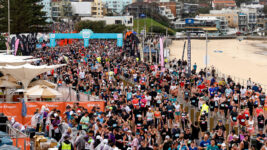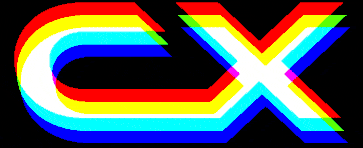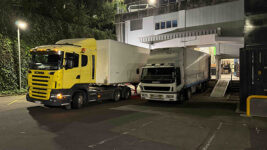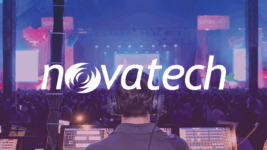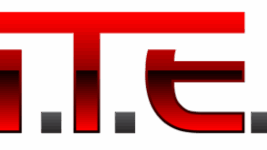BACKSTAGE
23 Jun 2025
Shaping Light Through A Lens
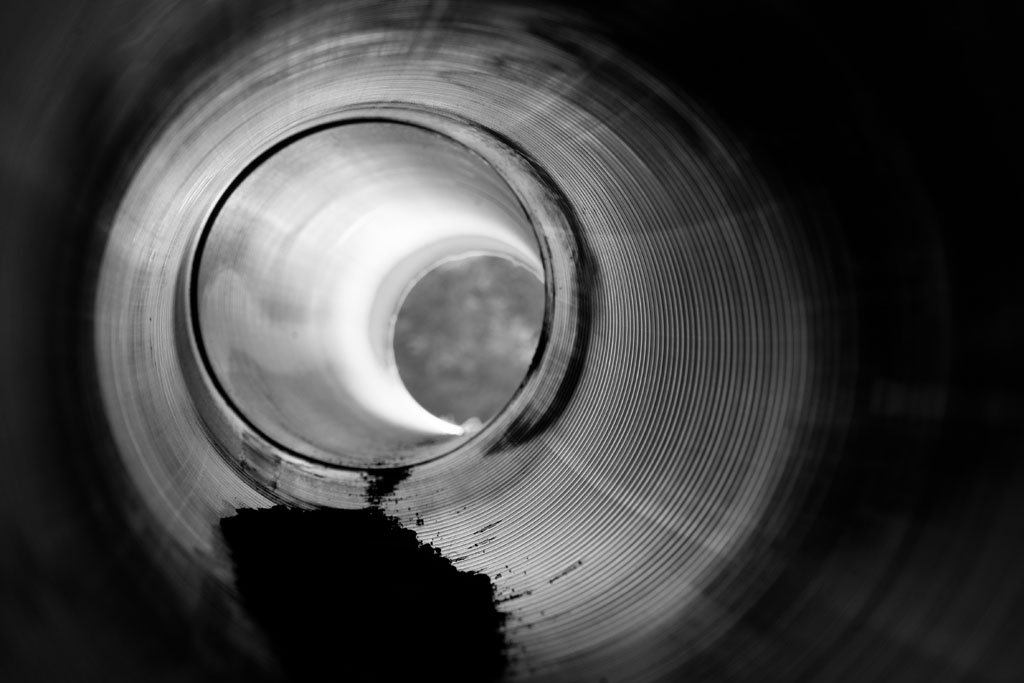
Subscribe to CX E-News
Creating || Capturing
Two of my favourite passions revolve around light – making it and capturing it. Each end of that spectrum is focussed through lenses, glassware highly polished and precision shaped to manipulate a beam of light in a desired direction or shape. Reflected, refracted, refreshed on the way from the source to your eyeball.
Stage Lighting
I’m very glad I got into stage lighting. Loud noise had ruined my nascent mixing career. With earplugs offsetting further aural damage, I got to dig into my creative visual side while keeping my joy for live music.
As LD, I got to play with shapes and colours. Shapes of individual beams, shapes from multiple beams, shape combined from shadows, general stageset design or room limitations. These I understood. And control of these shapes was enhanced by lenses.
Colours were a revelation for me. I’d known the obvious differences between red, green and blue but the shades, hues and variations available beyond that simple palette were literal eye openers to me. I started garish and bold but added nuance and subtlety as my skillset evolved.
Over this time, I delved into colour theory and the emotions that can be invoked with different hues or combinations. I observed the natural world. I studied the artificial world. I watched how combinations of colour and intensity affected me and others in real life. These observations merged into lighting design decisions that gave me much more depth than the ‘red, blue, congo, FLASH’ all too common for my taste.
Colour adds incredible dimension to the dynamic tension of angles, intensity and shades in a space. Accentuating the artist(e) is the primary goal of stage illumination but there are infinite ways to go about this.
The one dimension that I never got to play with much was movement. My LD career was last century, when moving lights were only for the very top acts. Wiggly mirror fixtures were the best that I could ever afford and they were a pain to program on desks of the time. It sure looks fun designing and operating light shows with the variety and capability of gear now available.
Movement back then had to come from old school visual trickery. Using all three dimensions of a nominally rectangular stage to convey motion required some swift and adept use of the flash button and fixtures in opposing locations (try a blinder in each corner, onstage and flown, then set a chase sequence to move the light-source in circles around the stage volume).
Regardless of the age or capabilities of your lighting fixtures, operating them to stay in time with the performance (or stage manager’s cues) is critical to making the difference between ‘looked ok’ and ‘wow – the visuals were awesome’. Time-queued triggers and theatre stacks can lock this in but running in busking mode requires understanding your fixture response well enough to allow for pre-queing. There is an artform in doing this well.
Architectural Lighting
This deep understanding of illuminating a space came in handy when we built our house. I didn’t want to look at any fixtures that were not pieces of art in their own right when switched off. I also like the quality of reflected versus direct light.
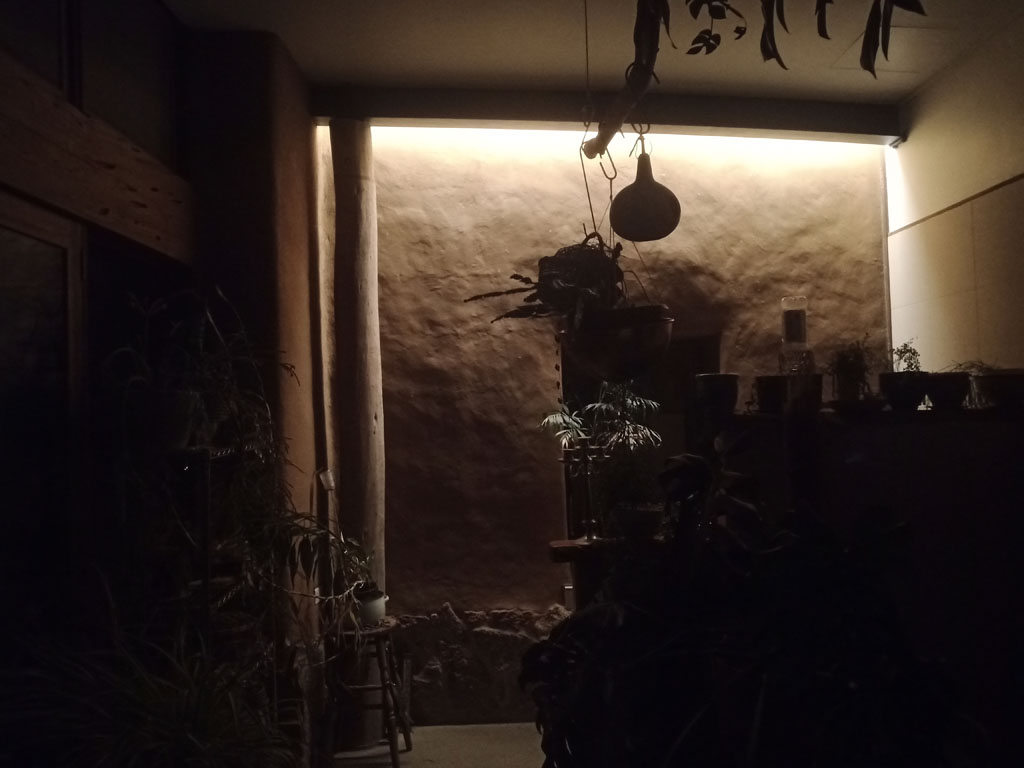
We added over 90m of LED strips on the upper side of the bottom edge of the exposed RSJs that support our roof. The strips themselves are hidden but their wizardry happens by reflecting light off the adjacent beam, ceiling or wall. The effect is magical and even better than I envisaged. It’s all in warm white (~2800K) apart from some specific task lighting using cool white (~5000K).
I also paid special consideration to natural light and how it would play throughout the space. Window openings are carefully calibrated for both thermal performance and light ingress.
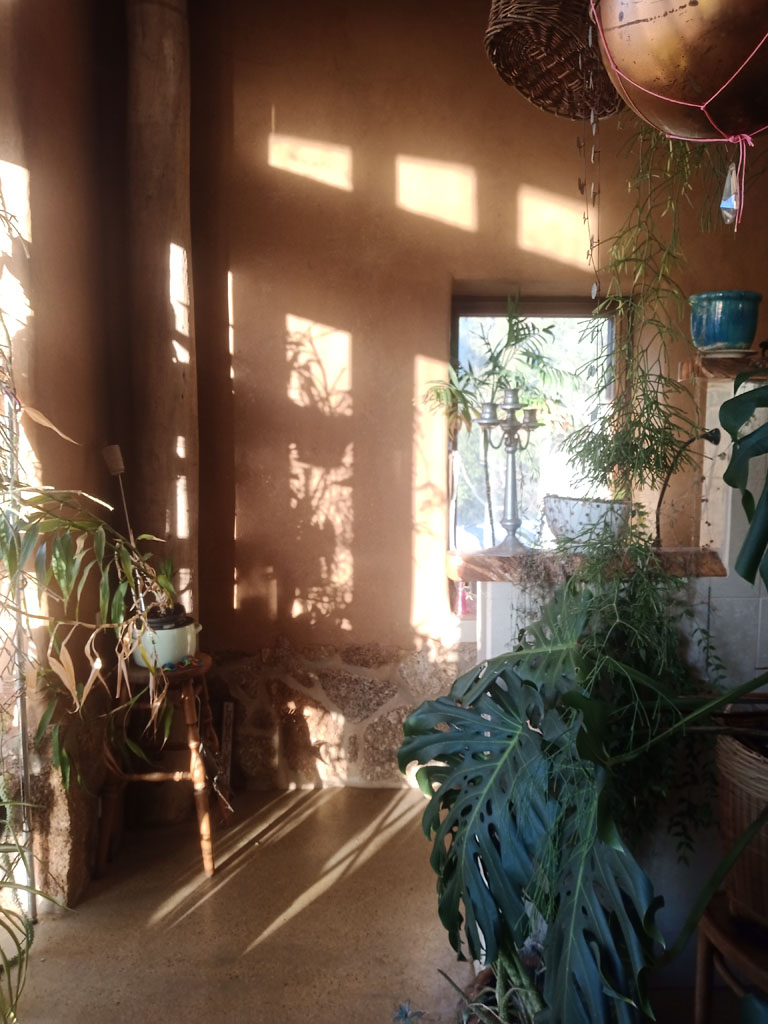
We spent a long time modelling this in 3D before committing to a final design.
We’ve since strategically placed numerous glass objects around the house where they can catch the sunlight at different times of day and year. There are always random shadows, reflections or sparkles from these tchotchkes appearing on the walls and ceiling. It is quite enchanting and again way beyond expectations.
Quality of Light
Apart from technical aspects of getting angles, intensity and chroma correct, there are certain feels to consider. Whether producing or capturing light, understanding its emotional qualities counts as much as its scientific quantities.
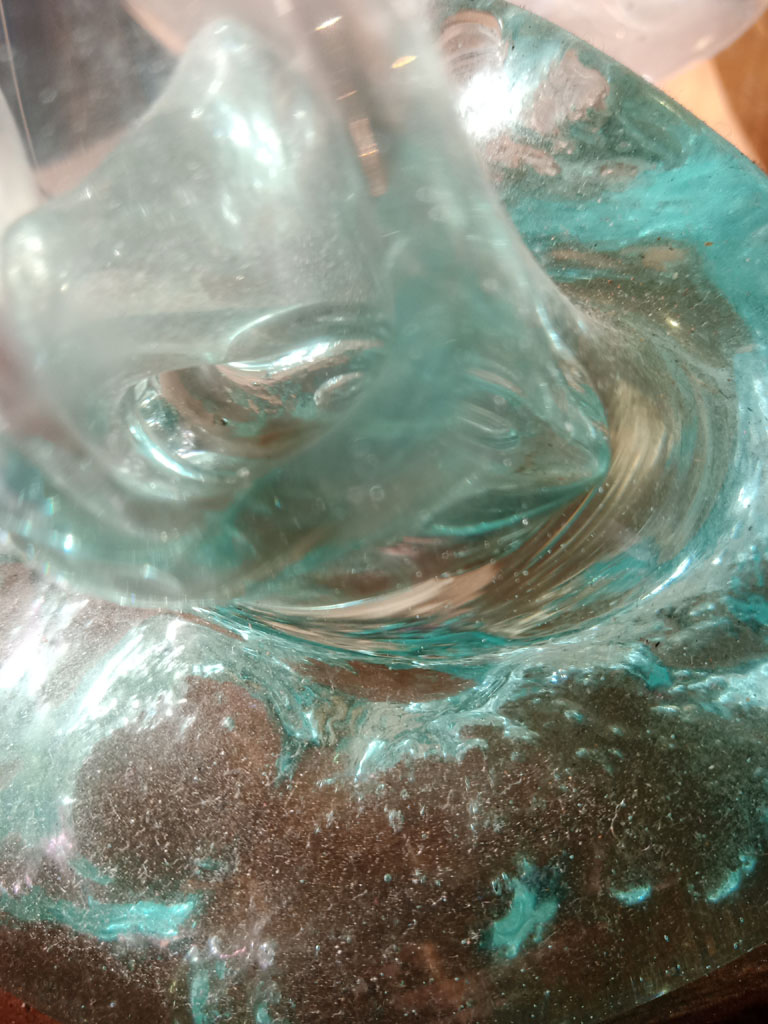
Early LED stagelights were weak in output intensity and had poor colour control.
Fortunately, recent LED fixtures have addressed these issues. How bright doesn’t even come down to budget – there are some mighty powerful units going relatively cheaply.

The real gain has been in colour control and implementation. Manufacturers now understand and take into account colour temperature and colour rendering index (CRI) when designing fixtures. This is a boon for matching the real world with the digital. Looking good on the recording is as important as looking good at the event these days.
This real world – watching nature cast its light in ever changing patterns – leads to pondering the quality of light. Just yesterday, I noticed the dust behind my car while driving down a dirt road in the afternoon. The light plays a certain way in the dusty haze, only to be blown away in the next breeze, an ephemeral instance of beauty and wonder. I stopped to capture it but the fleeting moment was already gone so in my memory alone it waits.
Photography and Other Such Lenses
Also analog last century was photography. An ongoing hobby since childhood, it might seem a great match for a touring LD. But heavy 35mm cameras were a pain to take on the road, phones mostly still wired to walls and I enjoyed being in the moment more than recording it. The shame is I have little photographic evidence of my light shows. The beauty is that I have similarly brief records of my shameless behaviours at the time.
Plus, I have always preferred photographing with natural or available light. Flashes, fills or even diffusers are not in the kit. Par cans looked good on stage but crap on film.
I now require prescription glasses to read anything. Phone, book, screen, whatever – it’s all a blur without intricately crafted goggles and their incredible lenses. My once wonderfully sharp visual universe has developed a guassian filter across all focal planes. Corrective measures like multifocals only go so far. I often find myself physically leaning in or out to get a usable focus.
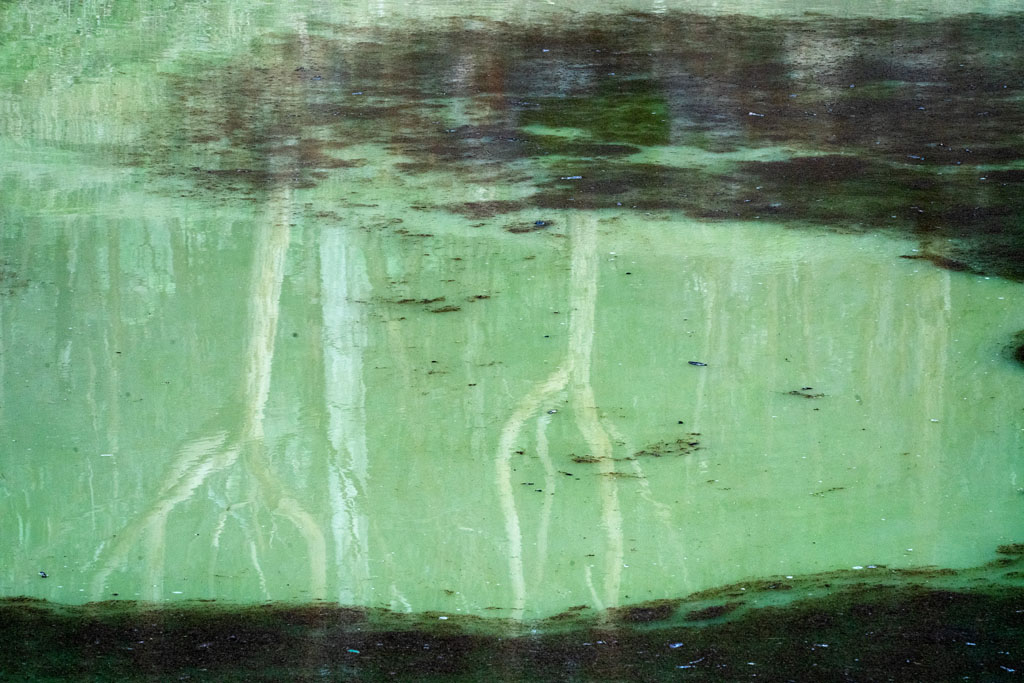
Fortunately, none of this impedes my photography. My Sony A7R 111 digital camera is an awesome camera on many levels. The standout feature for me is the Electronic View Finder, which provides a preview of the image on a tiny little OLED screen and has adjustable focus on the eyepiece, allowing me to compensate for failing vision and see a crystal-clear reproduction of what the sensor is capturing. This alone has reinvigorated my relationship with the camera.
For a visually oriented person, feeble eyesight is a big issue. Smoke and mirrors can confuse the senses for so long but quality lenses are the salvation. Better glass equals higher quality photons and you get to see the whole picture, not just a blurry impression. Clarity is important onstage and off.
You can shape the light of your life as you want to see it. Just how clear depends on what you keep in focus.
Subscribe
Published monthly since 1991, our famous AV industry magazine is free for download or pay for print. Subscribers also receive CX News, our free weekly email with the latest industry news and jobs.
Recent posts
